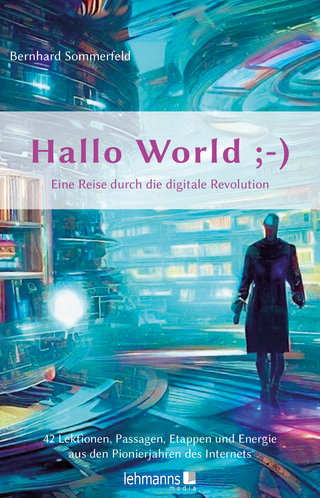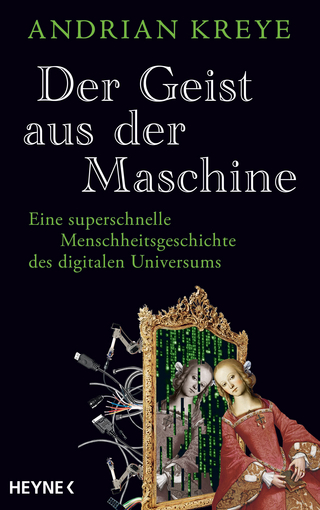
Technolingualism
The Mind and the Machine
Seiten
2018
Bloomsbury Academic (Verlag)
978-1-4725-7833-4 (ISBN)
Bloomsbury Academic (Verlag)
978-1-4725-7833-4 (ISBN)
Since the earliest days of our species, technology and language have evolved in parallel. This book examines the processes and products of this age-old relationship: a phenomenon we’re calling technolingualism -- the mutually influential relationship between language and technology.
One the one hand, as humans advance technology to master, control, and change the world around us, our language adapts. More sophisticated social-cultural practices give rise to new patterns of linguistic communication. Language changes in its vocabulary, structures, social conventions, and ideologies. Conversely—and this side of the story has been widely overlooked—the unique features of human language can influence a technology’s physical forms and technical processes.
Technolingualism explores the fascinating ways, past and present, by which language and technology have informed each other’s development. The book reveals important corollaries about the universal nature of language and, most importantly, what it means to be human. From our first babbling noises to the ends of our lives, we are innately attuned to the technologies around us, and our language reflects this. We are, all of us, technolinguals.
One the one hand, as humans advance technology to master, control, and change the world around us, our language adapts. More sophisticated social-cultural practices give rise to new patterns of linguistic communication. Language changes in its vocabulary, structures, social conventions, and ideologies. Conversely—and this side of the story has been widely overlooked—the unique features of human language can influence a technology’s physical forms and technical processes.
Technolingualism explores the fascinating ways, past and present, by which language and technology have informed each other’s development. The book reveals important corollaries about the universal nature of language and, most importantly, what it means to be human. From our first babbling noises to the ends of our lives, we are innately attuned to the technologies around us, and our language reflects this. We are, all of us, technolinguals.
James Pfrehm is Associate Professor at Ithaca College, USA
List of Illustrations
Preface, or What This Book Is and Who It’s for
1. Textualization of Language: Writing 1
First Interlude: How Writing Doesn’t Affect Language
2. Mechanization of Language: The Printing Press and the Typewriter
3. Abstraction of Language: The Telegraph and Telephone
4. Digitization of Language: The Computer
Second Interlude: Comparing Linguists’ and Nonlinguists’ Takes on CMC’s Effect on Language
5. Mobilization of Language: The Cell Phone
6. Regeneration of Language: The Cochlear Implant
Conclusions, or: What We’ve Learned through Exploring the Relationship between Language and Technology
Notes
Bibliography
Index
| Erscheinungsdatum | 03.02.2018 |
|---|---|
| Verlagsort | London |
| Sprache | englisch |
| Maße | 156 x 234 mm |
| Gewicht | 462 g |
| Themenwelt | Geschichte ► Teilgebiete der Geschichte ► Technikgeschichte |
| Geisteswissenschaften ► Sprach- / Literaturwissenschaft ► Sprachwissenschaft | |
| Informatik ► Software Entwicklung ► User Interfaces (HCI) | |
| Naturwissenschaften | |
| ISBN-10 | 1-4725-7833-3 / 1472578333 |
| ISBN-13 | 978-1-4725-7833-4 / 9781472578334 |
| Zustand | Neuware |
| Informationen gemäß Produktsicherheitsverordnung (GPSR) | |
| Haben Sie eine Frage zum Produkt? |
Mehr entdecken
aus dem Bereich
aus dem Bereich
Buch | Softcover (2024)
Lehmanns Media (Verlag)
19,95 €
Eine superschnelle Menschheitsgeschichte des digitalen Universums
Buch | Hardcover (2024)
Heyne (Verlag)
24,00 €


